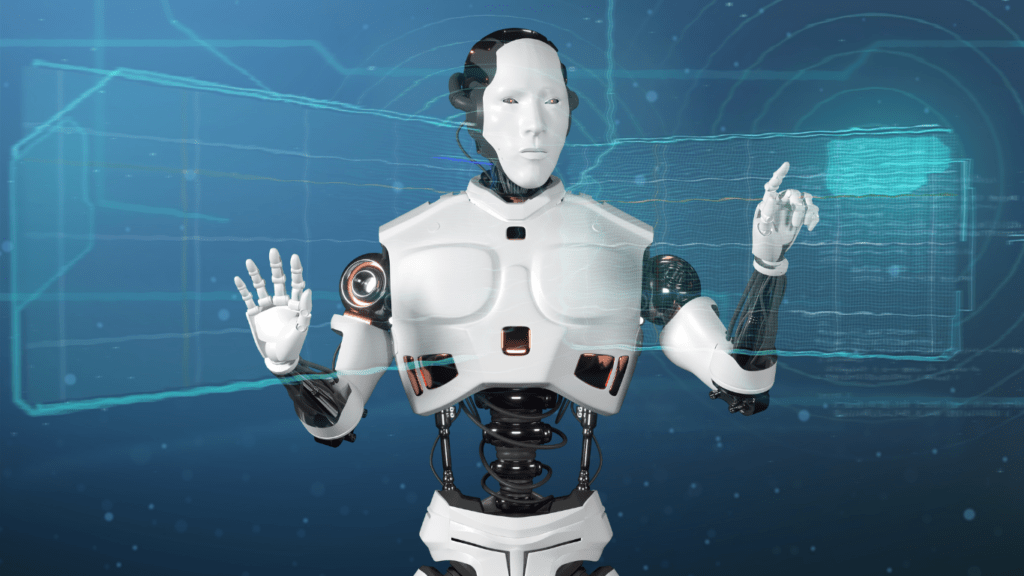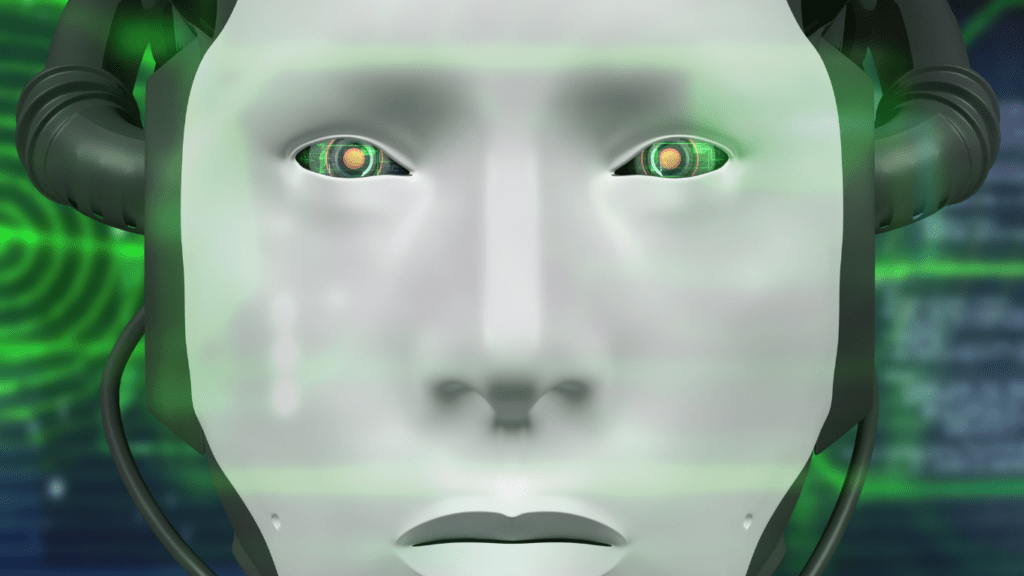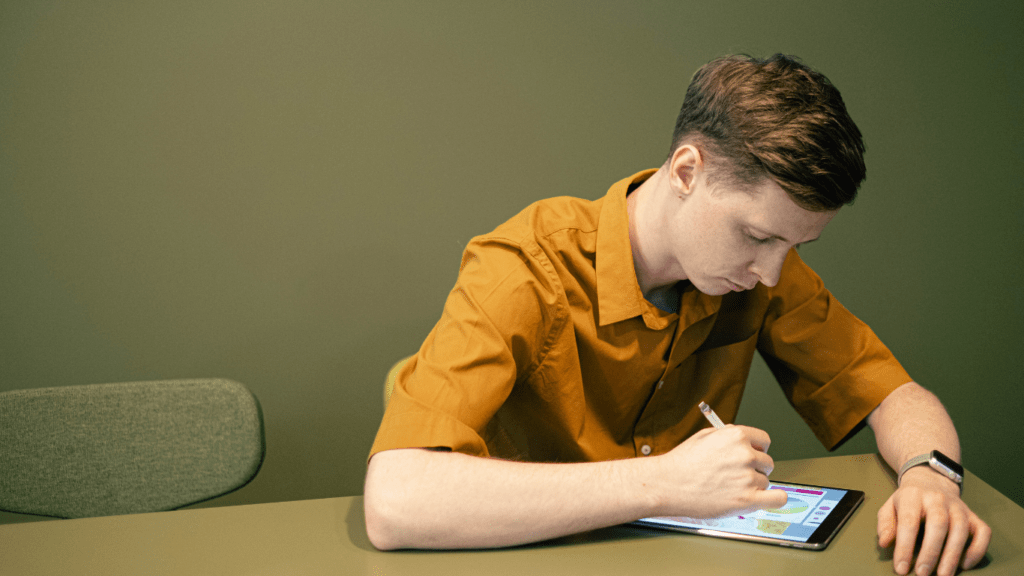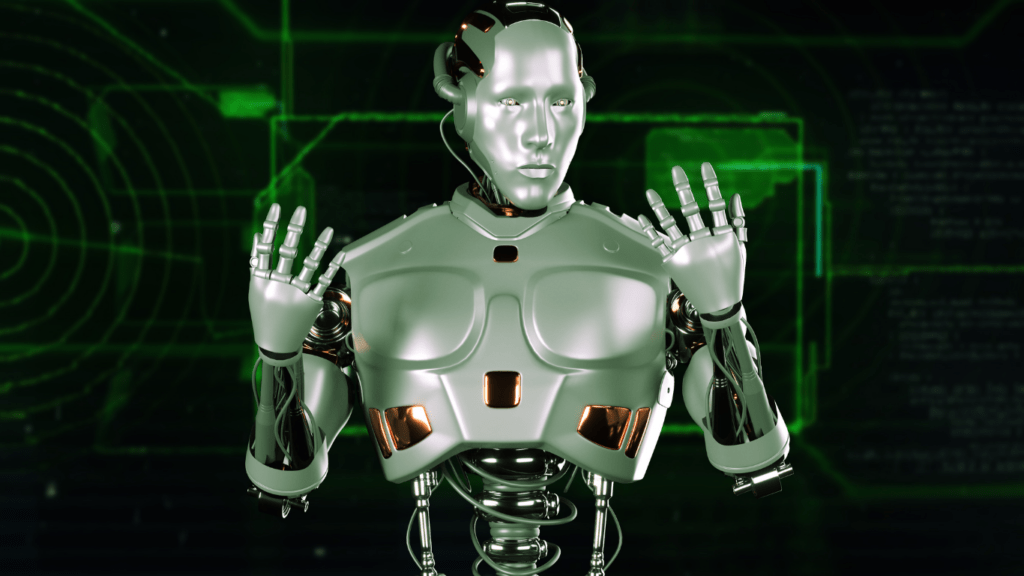The Role of AI in Digital Art
AI tools facilitate creative processes by analyzing massive datasets. These tools draw from existing artwork databases to suggest styles and generate new compositions. For example, algorithms like GANs (Generative Adversarial Networks) can produce images that mimic specific artistic styles. These generated images range from abstract patterns to detailed portraits.
Artists use AI to emulate human-like creativity. Systems such as Google’s DeepDream enhance photos by identifying patterns and transforming them into surreal visuals. AI-driven software assists artists in speeding up the conceptualization phase, enabling faster creation cycles.
AI democratizes art creation by making advanced tools accessible. Beginner artists employ AI-powered applications to experiment with techniques typically requiring years of training. Tools like DeepArt and DeepDream uplift these artists by automating complex processes, reducing the learning curve.
Art production benefits from AI’s precision and efficiency. For example, Adobe’s Sensei embedded in Creative Cloud apps aids in automating repetitive tasks, allowing artists to focus on the creative aspects. This efficiency improves overall productivity and refines the quality of digital art outputs.
AI impacts art marketing by analyzing trends and predicting future styles. Predictive algorithms suggest what art may resonate with target audiences, guiding artists in their creations. E-commerce platforms utilize AI to personalize recommendations, helping artists reach broader and more specific markets.
Advantages of AI in Digital Art Creation
AI brings numerous benefits to digital art, revolutionizing various aspects of creation, efficiency, and accessibility.
Speed and Efficiency
AI optimizes the artistic process by increasing speed and boosting efficiency. Algorithms automate repetitive tasks like color correction and resizing, freeing artists to focus on creative aspects. For instance, tools like Content-Aware Fill in Adobe Photoshop swiftly remove unwanted elements from images, saving hours of manual editing. Neural networks generate complex patterns and textures, expediting the creation process. This efficiency leads to faster project completion and higher productivity, essential in commercial art.
Enhanced Creativity
AI expands creative possibilities, providing artists with innovative tools and inspirations. Generative Adversarial Networks (GANs) create unique images by combining styles or generating entirely new compositions. Google’s DeepDream illustrates this potential by transforming ordinary photos into dream-like visuals. AI algorithms suggest novel color palettes, design layouts, and artistic styles, sparking new ideas and pushing creative boundaries. By experimenting with AI-generated concepts, artists discover fresh perspectives, enhancing their creative output.
Accessibility
AI democratizes digital art by making sophisticated tools accessible to beginners. Applications like DeepArt and DeepDream enable users to create intricate artworks without extensive training. These platforms automate complex processes such as style transfer, allowing novice artists to produce professional-quality pieces. AI-based tutorials and interactive guides further reduce the learning curve. By lowering barriers to entry, AI inclusively nurtures artistic talent, providing opportunities for a wider audience to explore digital art.
Key AI Technologies in Digital Art

AI technologies are reshaping digital art by providing groundbreaking tools and methods. These technologies enhance creativity and streamline processes in remarkable ways.
Machine Learning
Machine learning (ML) enables computers to learn from data and improve the artistic process over time. Algorithms analyze vast datasets to understand styles and techniques, predicting what elements fit together harmoniously. For instance, ML can study thousands of paintings to generate new, unique pieces mimicking renowned art styles, like Impressionism or Cubism. ML’s pattern recognition capability also helps artists with tasks such as color selection and composition design. Tools like Adobe’s Sensei use ML to optimize workflow and augment creativity.
Deep Learning
Deep learning, a subset of ML, uses neural networks with many layers to perform complex tasks. This technology excels at recognizing intricate patterns and details in art, making it highly valuable for digital artists. Deep learning models can transform sketches into photorealistic images, enhance image resolution, and even animate static artworks. Applications such as Google’s DeepDream utilize deep learning to generate surrealistic images by identifying and amplifying patterns within existing pictures. Deep learning also powers tools like Prisma, which applies famous art styles to photos, allowing for unique creative expressions.
Generative Adversarial Networks (GANs)
GANs consist of two neural networks, a generator and a discriminator, that work together to create new data. In digital art, GANs generate stunningly realistic images from scratch. The generator creates images, while the discriminator evaluates them against real images, refining the output until it achieves high authenticity. GANs can produce original artworks, simulate styles of famous artists, and even create visual content for video games and animations. Artbreeder and Runway ML are notable examples leveraging GANs, allowing users to blend and morph images, offering unprecedented control over the creative process.
Prominent AI Tools and Software for Artists
Various AI tools are transforming how artists create digital art by enhancing creativity and efficiency.
Artbreeder
Artbreeder uses Generative Adversarial Networks (GANs) to let artists blend images seamlessly. Users can create unique artworks by combining different images and adjusting parameters like color and shape. Artbreeder’s interface allows artists of all skill levels to explore creative possibilities without requiring extensive technical knowledge.
DeepArt
DeepArt leverages deep learning algorithms to apply artistic styles to photos. By analyzing styles from famous artworks, DeepArt can transfer those styles to digital images, producing stunning and unique results. Artists using DeepArt can create visually compelling pieces that reflect the influence of iconic art styles, all through a straightforward online platform.
Runway ML
Runway ML offers a suite of AI-powered tools catered to artists, designers, and other creatives. With features like:
- real-time video editing
- object detection
- style transfer
Runway ML simplifies integrating AI into the creative process. The platform supports various creative endeavors, making AI accessible for innovative art projects.
Case Studies of AI-Enhanced Art
AI’s impact on digital art is best illustrated through real-world examples. Artists and creators are using AI to push the boundaries of traditional methods, creating innovative works that were previously impossible.
AI-Generated Paintings
One notable example of AI-generated paintings is Christie’s auctioning of “Edmond de Belamy” in 2018. This portrait, created by the Paris-based art collective Obvious using a Generative Adversarial Network (GAN), sold for $432,500. The GAN was trained on a dataset of 15,000 portraits spanning six centuries, enabling it to generate a unique painting that blends styles from different eras.
Artbreeder is another platform where users create new artworks by blending existing images. The AI allows for intricate customization of features like facial expressions, color palettes, and styles. Users contribute to a collaborative database, enhancing the creative possibilities exponentially.
AI in Animation and Video Creation
Pixar used AI-driven tools to produce realistic textures and lifelike movements in “Toy Story 4.” These tools helped artists create more expressive animations by automating repetitive tasks like shading and texture mapping, resulting in high-quality visual effects.
Runway ML is a prominent example of AI-driven video creation tools. Filmmakers use its capabilities for real-time video editing, style transfer, and special effects. By integrating AI, creators streamline the production process and make complex techniques more accessible.
These case studies demonstrate AI’s revolutionary role in enhancing creativity and efficiency in the digital art world.
Challenges and Ethical Considerations
AI’s integration into digital art presents several challenges and ethical considerations.
Copyright Issues
AI-generated art raises significant copyright issues. Since AI tools use vast datasets to create new work, questions about the originality and legality of these pieces arise. If an AI generates a piece using copyrighted material, determining ownership becomes complex. Artists and developers need clear guidelines to protect their rights and avoid legal disputes. For instance, no current laws fully address how to attribute ownership of AI-created art, leaving uncertainty in its commercial use.
Artistic Authenticity
- Artistic authenticity is a major concern in AI-generated art.
- When machines create or assist in creating artwork, questions about the true creator emerge.
- Some argue that AI diminishes the artist’s role, reducing the authenticity of the work.
- Others see AI as a tool that enhances human creativity. This debate affects how the art community and market value AI-assisted artworks.
- Critics of AI art argue it lacks the emotional depth and personal touch of human-created art, affecting its perception and acceptance.
The Future of AI in Digital Art
AI is set to redefine the future of digital art. Emerging technologies like advanced neural networks and enhanced machine learning algorithms continue to evolve. These innovations promise to broaden the range of creative possibilities for digital artists.
Advanced Neural Networks
Advanced neural networks will offer unprecedented capabilities. Artists will leverage more sophisticated algorithms for generating hyper-realistic images. These networks will enable artists to experiment with complex textures and intricate patterns that would take considerable time to create manually.
Enhanced Machine Learning Algorithms
Enhanced machine learning algorithms will provide artists with more intuitive tools. These will help in automating repetitive tasks and refining artworks. For instance, improved algorithms can fine-tune color palettes and suggest composition techniques based on previous works.
Personalized Art Creation
AI will facilitate personalized art creation. Artists will use AI to generate art tailored to individual preferences. This could include custom portraits or unique digital landscapes that align with personal aesthetics, leading to more meaningful and personalized art experiences.
Collaborative Platforms
Collaborative platforms powered by AI will emerge. Artists from various disciplines will collaborate in real-time, sharing ideas and enhancing each other’s work. These platforms will foster creativity and innovation, breaking down geographical barriers and enabling global artistic collaboration.
Ethical and Legal Considerations
Ethical and legal considerations will shape the future use of AI in digital art. As AI tools become more prevalent, issues around copyright, ownership, and the authenticity of AI-created works will need addressing. Artists and stakeholders will develop frameworks to navigate these challenges, ensuring fair practices and acknowledging the contributions of both human and AI creators.
Real-Time Creative Tools
Real-time creative tools will transform the artistic process. AI will enable artists to see changes and adjustments instantly. This immediacy will streamline the creative workflow, allowing for quick iterations and more dynamic artistic expressions.
These advancements in AI will continue to revolutionize digital art, unlocking new creative potentials and reshaping the landscape of artistic expression.





